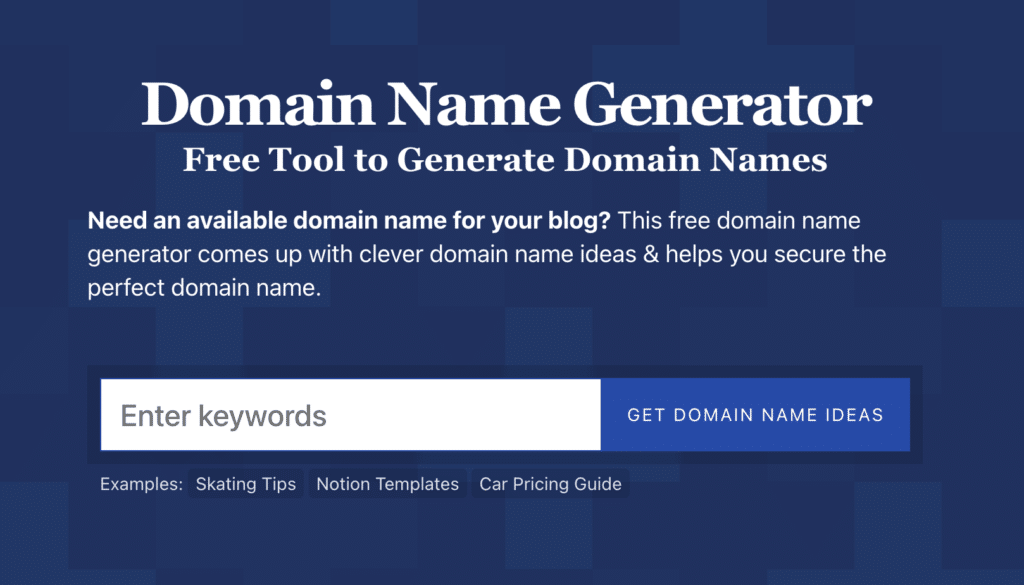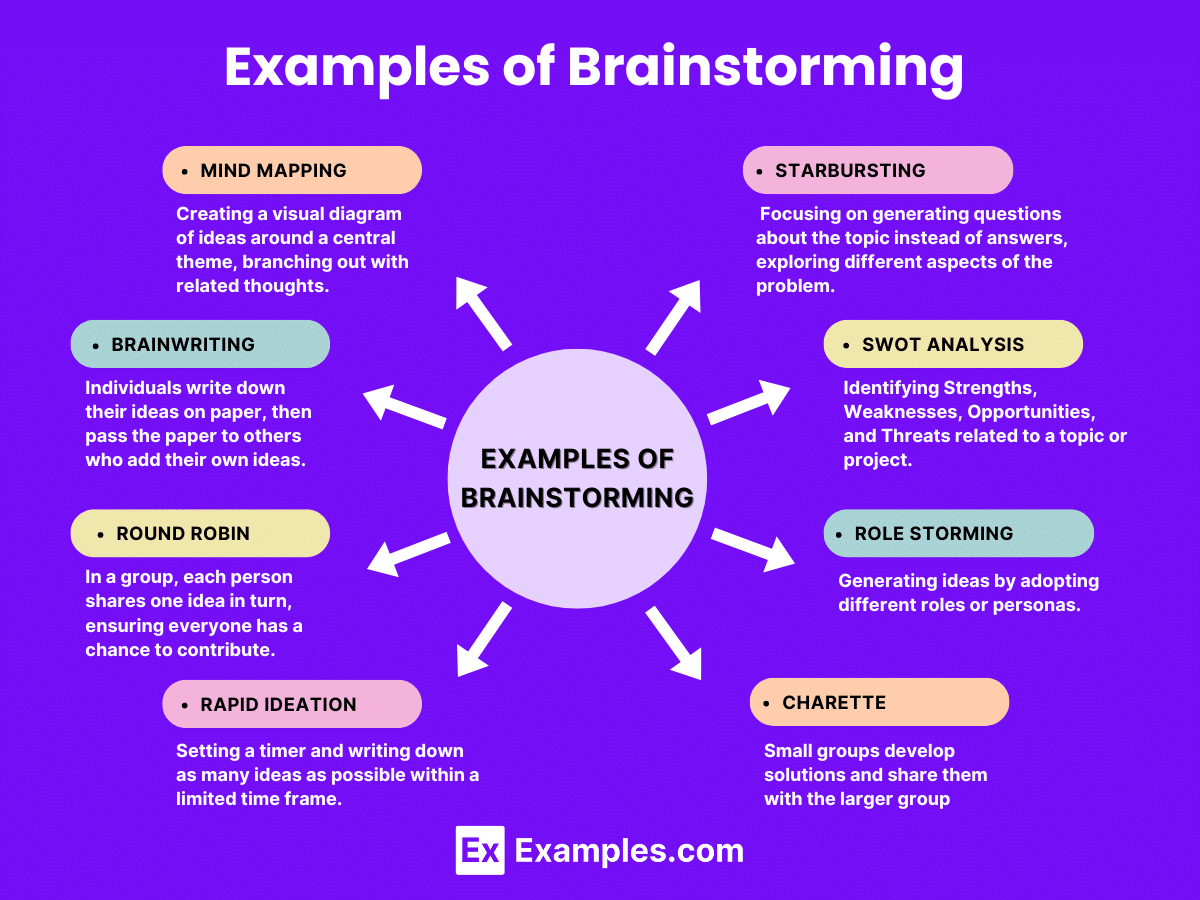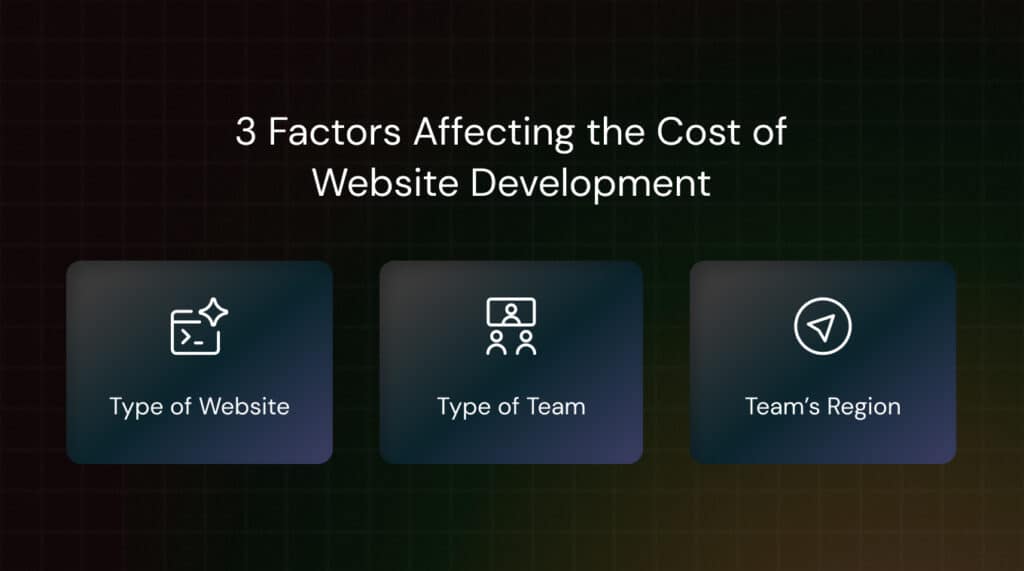👋 Introduction
Choosing the right name for your business website is more than a creative exercise—it’s a powerful branding and marketing decision that shapes first impressions, helps with SEO, and sets the tone for your online presence. That perfect domain can help build trust, differentiate you from competitors, and make your brand memorable . In this post, we share 10 proven brainstorming techniques—from fun wordplay to strategic mind mapping—to spark creativity and help you land on a website name that pops and ranks.

1. Mind Mapping (Structured Visual Brainstorming)
Start with one core keyword related to your niche (e.g., “coffee”). Draw branches outward—think synonyms, metaphors, related imagery—and then ripple out further . This visual structure reveals semantic connections you might’ve missed, igniting fresh combinations like “BeanBurst” or “RoastRoots”.
Why it works: It forces subconscious associations and keeps ideas flowing without restriction.
2. Freewriting (Stream-of-Consciousness)
Set a timer for 5–10 minutes and jot down every word or phrase that springs to mind about your niche—no judgment. Combine these later into name ideas. Freewriting helps unearth interesting adjectives or action words you wouldn’t naturally pick.
Tip: Record even absurd ideas—they may spark the perfect unique name.
3. Word Mashups & Portmanteaus
Blend two relevant words (or fragments) to create something new—e.g., “Shop + Sphere = Shopsphere”. Known examples like “Liquid Death” show how sometimes the strangest combos are the most memorable .
SEO benefit: You’ll likely snag a unique domain, which helps SEO and brand identity.
4. Alliteration, Rhyme & Rhythm
Names like “ByteBurst” or “PixelPulse” are fun to say and stick in the mind. Alliteration (“CoffeeCrafters”), rhymes, rhythmic patterns—these linguistic tools make names catchy without sounding robotic .
5. Random Stimulus
Pick a random word or image and see how it makes you think differently about your business . You might pair “oak” with “finance” to land on “OakStack” or “NestEgg.” Random stimulus often leads to out-of-the-box combinations.
6. Synonyms, Antonyms & Thesaurus Diving
Dig into related vocab—e.g., instead of “happy”, try “glee,” “jolly,” or “sunny.” This widens your naming palette and may uncover more original, SEO‑friendly terms.
7. Competitive Landscape Analysis
Survey names in your niche: are they straight (e.g., “RapidClean”), abstract (“Flickr”), or playful (“Liquid Death”)? Decide whether you want to follow the norm or shock the system. For instance, abstract names may enhance memorability and domain availability The Times.
8. Personal Story & Brand Values
List your why—what inspired your business idea? Your mission? Your personality? Forbes highlights tapping into your core story and audience insight to ensure the name resonates deeply .
9. Tool-Driven Spark
Use online generators like Shopify, Namify, Hostinger, or ChatGPT to generate dozens of ideas in minutes Hostinger. Treat suggestions as springboards—not final answers. Mix, tweak, combine.

10. Test for Short, Simple & SEO-Friendly
Strip back your list to names that are:
-
Short (ideally 2–3 syllables) Forbes
-
Easy to pronounce and spell
-
SEO-optimized: include key terms subtly or choose unique, brandable names that stand out in search.
✅ Step-by-Step Guide
-
Prep your session
Set a timer (60 mins), gather a notebook or whiteboard, and list your “core” topic and adjectives. -
Apply all 10 techniques
Dedicate ~5–10 mins to each—mind map, freewrite, mashups, rhyme, random words, etc. -
Build a master list
Aim for 50–100 raw ideas. -
Filter the shortlist
Remove names that are: overly long, hard to spell, too similar to competitors, trademarked, or domain-locked. -
Check availability
Confirm .com, .net, .io—using domain and social handle checks. -
Collect feedback
Ask your target audience, run informal surveys, or do quick A/B polls—ask: “What does this name make you feel?”. -
Legal & Trademark check
Ensure your name is free in relevant trademark databases. -
Decide and Register
Choose the option that aligns with your vision, secure the domain, register social accounts, and trademark if needed.
🧠 FAQs
Q1: Should I include keywords like “coaching” or “bakery” in the domain?
A: Not necessarily. While descriptive names aid SEO, they may limit future expansion. Abstract, unique names can stand out better online.
Q2: What’s better—brandable or literal names?
A: Brandable names (like “Spotify”) offer flexibility and unique identity. Literal names (“TheCoffeeShop”) convey purpose but can be less memorable.
Q3: How do I avoid trademark conflicts?
A: Once shortlisted, search national trademark databases. If your name overlaps with an existing business in your field, pivot or adjust.
Q4: Could a generator alone give a good name?
A: Generators spark ideas, but the best names come from combining those with personal input, brand values, and linguistic creativity .
Q5: How many ideas should I generate?
A: Aim for 50–100 raw ideas—quantity breeds creativity. You’ll refine to 5–10 strong contenders.




